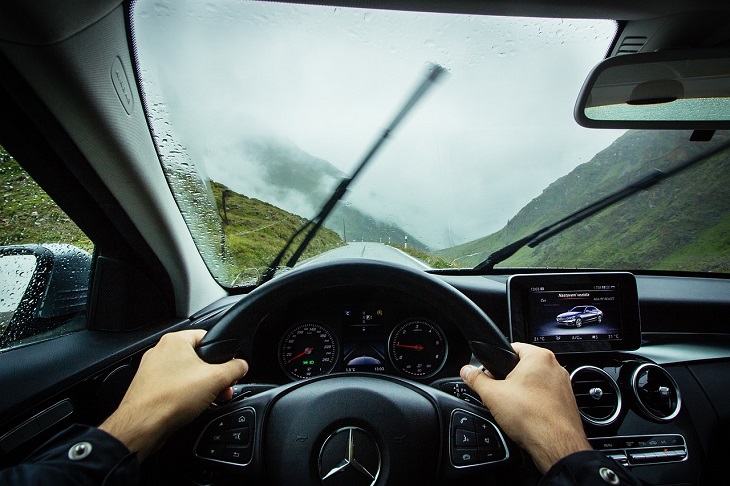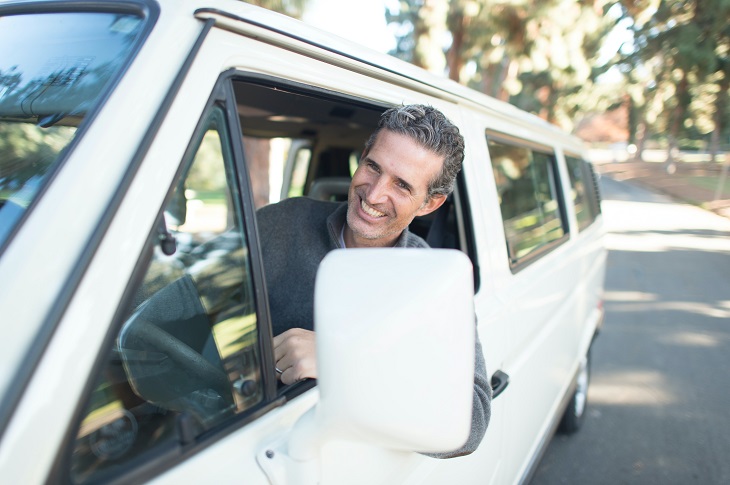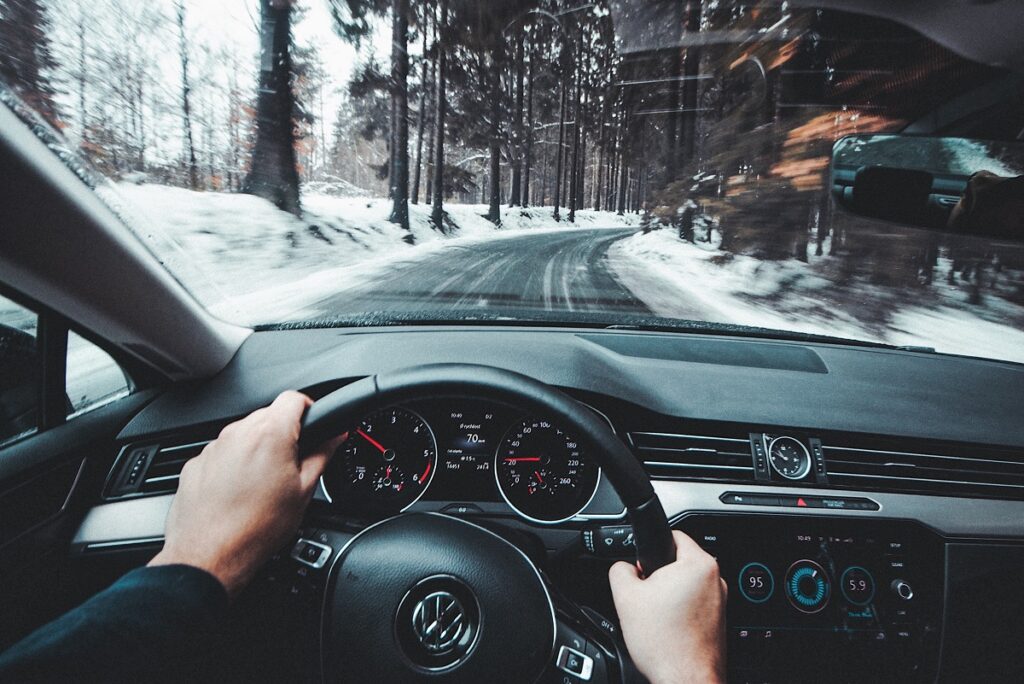Once you’ve learned the rules of the road, you probably consider yourself a good driver. If you steer clear of getting in accidents or getting pulled over for tickets, chances are you’re on the right track. But what does it mean to be a responsible driver?
Being this type of driver typically means you’re focused, careful, and prepared for all kinds of situations and weather. Want to know how to be a responsible driver in every season? Check out the information below.
What are your basic responsibilities as a driver?
Every time you get behind the wheel, you’re agreeing to some steadfast rules of driving. Here’s what everyone should do when they drive:
Follow all the rules of the road
By hitting the road, you agree to follow every rule of driving, from sticking to the speed limit to using your turn indicator every time you want to switch lanes. You’re basically letting other drivers know they can depend on you to drive safely and smartly.
Have car insurance
Being a responsible driver means you’ll always have valid, up-to-date car insurance and registration so that you’re covered in case of an accident or if you’re pulled over by law enforcement.
Be as focused as you can when driving
You’re agreeing to stay as focused as possible on the road, which means having as few distractions as possible. The main thing is that you won’t use your cell phone while you’re driving (as this is the number one way drivers become distracted).

Have some type of roadside assistance
Having this type of emergency assistance means that you can safely take care of your vehicle in the event of an accident or breakdown. You’ll be responsibly looking after your car so that others can remain safe on the road.
Be able to follow directions or GPS
Looking up your route beforehand or having hands-free GPS means that you’ll be a safer driver. You’ll be less likely to drive too slowly or make sudden moves because you’ll know where you’re going.
Following these basic responsibilities means you can protect yourself, your passengers, and all other cars out on the road. But what else should you consider when driving during certain seasons? Let’s take a look at some seasonal driving tips for year-round safety.
Fall driving tips
Be aware of changing weather conditions
Fall weather can change rapidly, especially overnight. This can cause roads to ice over before you wake up in the morning. Make sure you always drive slowly and brake gently when driving over overpasses or bridges (which tend to frost over before other surfaces). Drive especially carefully on spots where there is black ice on the roads.
Check tire pressure
Extreme changes in temperature means your tires will expand and contract, leading to a loss in pressure. Make sure your tires are properly inflated and have plenty of tread before driving.
Deal with glare effectively
A lot of fall sunrises and sunsets can create big-time glare, making it harder for you to see the road and other cars. Keep your windshield clean inside and out so that you have maximum visibility. Also remember to keep sunglasses in your car to help with the glare.
Winter driving tips
Prepare your car for winter driving
Test your battery to see what kind of shape it’s in (battery power drops as the weather turns colder). Check the tread and pressure of your tires, and replace them if they have less than 2/32 of an inch in tread. You might want to consider getting specific winter tires if you drive a lot in snow.
Pack any gear you might need for driving in winter weather
Make sure you have everything you need on hand in case of extreme weather. For example, some drivers might require chains for their tires.
Keep your gas tank at least half full
Keeping your gas tank half full or above can help you avoid a gas line freeze, as well as prevent you from ending up stranded somewhere if the weather gets bad.
Be extra cautious when driving
Avoid getting in accidents by not using cruise control, steering in the direction of a skid, accelerating and decelerating slowly, and increasing the distance between your car and the car in front of you.
Make judgement calls of when it’s actually safe to drive
Don’t get behind the wheel if visibility is limited during winter storms. If you’re already driving, pull off the road if you have to until conditions improve.

Spring driving tips
Be careful driving in the rain
You’re safest driving in the middle lanes when it rains – and remember: a wet road can be just as dangerous as an icy one. Know what to do in case of hydroplaning or skidding.
Increase your following distance
Under normal circumstances, a safe distance is three seconds apart from another car. Under difficult conditions, it’s safer to increase this to eight seconds at least. This gives you enough space to react in case the vehicle in front need to stop suddenly.
Perform regular upkeep on your vehicle
Check that the tread and pressure on your tires is good. Clean your windshield and check your wipers in order to ensure you’ll have the best visibility, even in the middle of spring showers.
Check for potholes
Spring is a horrible time for potholes. The spring thaw after winter weather means that potholes are much more likely to be found than in other times of the year. Avoid them completely if you can, but if you can’t, don’t brake while traveling over them. Decrease your speed and release the brake before impact so that you can go more easily over the pothole.
Summer driving tips
Keep your car safe from the heat
Protect your car from sun damage by making sure your radiator, pressure cap, belts, and hoses are all in good condition.
Check your fluid levels
When summer begins (and especially during any long road trips), make sure that the fluid levels in your brakes, automatic transmission, power steering, windshield washer, and coolant are all adequate. Take your vehicle in for a tune-up if you see any signs of fluid leakage.
Maintain good visibility
If you’re going for a trip or just a day at the beach, you’ll probably be tempted to pack your car full of everything you’ll need. Keep in mind that it’s still vital you have good visibility – make sure your back windshield is always clear!
Being a responsible driver just means that you spend some extra time on the upkeep and maintenance of your vehicle, and that you’re cautious behind the wheel. Follow the tips above and you’ll be a safe driver any time you’re on the road.
Featured image by Jaromír Kavan on Unsplash
